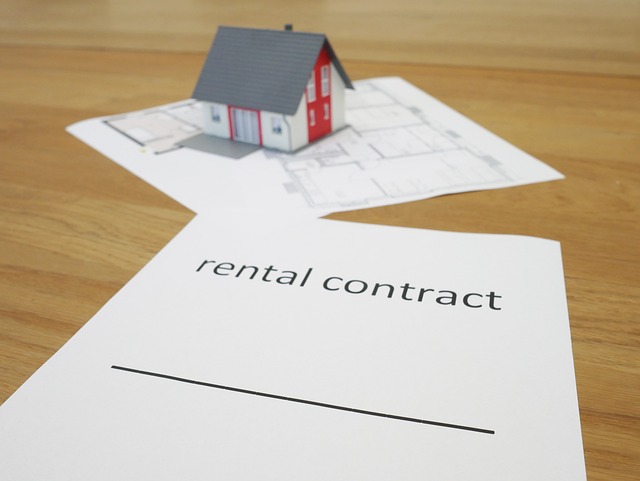The Complete Guide to Prefabricated Homes: Modern Living Made Efficient
Prefabricated homes represent a revolutionary approach to residential construction, combining modern engineering with efficient building practices. These factory-built structures offer homeowners a blend of quality, sustainability, and cost-effectiveness that traditional construction methods often struggle to match. As housing demands evolve and construction technology advances, prefab homes have emerged as a compelling alternative for those seeking innovative housing solutions.

Benefits of Modular Home Construction
The modular approach to home building offers several distinct advantages. Construction time can be reduced by up to 50% compared to traditional methods, as factory assembly and site preparation can occur simultaneously. These homes also typically generate less waste during construction, making them an environmentally conscious choice. Additionally, the controlled manufacturing environment often results in better quality control and more consistent results.
Types of Prefab Homes Available
Prefabricated homes come in various styles and configurations to suit different needs and preferences. Options include:
-
Modular homes: Complete sections built in factories
-
Panel builds: Flat-pack style construction with panels assembled on-site
-
Manufactured homes: Built entirely in factories and transported whole
-
Hybrid systems: Combining prefab elements with traditional construction
Cost Considerations and Market Comparison
The financial aspects of prefabricated homes vary based on size, location, and specifications. Here’s a comprehensive breakdown of current market offerings:
| Home Type | Average Size (sq ft) | Base Price Range | Additional Costs |
|---|---|---|---|
| Basic Modular | 1,000-1,500 | $80,000-150,000 | Site prep, foundation |
| Luxury Modular | 2,000-3,000 | $200,000-400,000 | Customization, delivery |
| Panel Build | 1,200-2,000 | $150,000-250,000 | Assembly, finishing |
| Manufactured | 900-2,500 | $60,000-150,000 | Land, utilities |
Prices, rates, or cost estimates mentioned in this article are based on the latest available information but may change over time. Independent research is advised before making financial decisions.
The Future of Housing Construction
Prefabricated construction continues to evolve with technological advances. Smart home integration, sustainable materials, and innovative design solutions are becoming standard features in modern prefab homes. The industry is seeing increased adoption of automation and 3D printing technologies, suggesting even more efficient and cost-effective building methods on the horizon.
The prefabricated housing market represents a significant shift in residential construction, offering solutions that align with modern needs for efficiency, sustainability, and affordability. While traditional construction methods remain prevalent, the advantages of prefab homes make them an increasingly attractive option for prospective homeowners looking to balance quality with cost-effectiveness.






